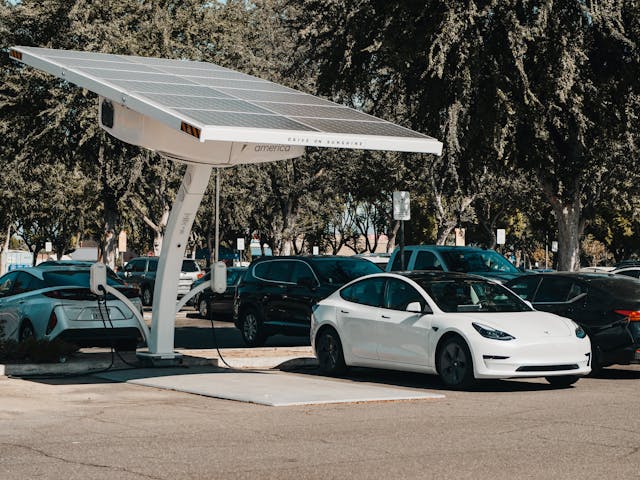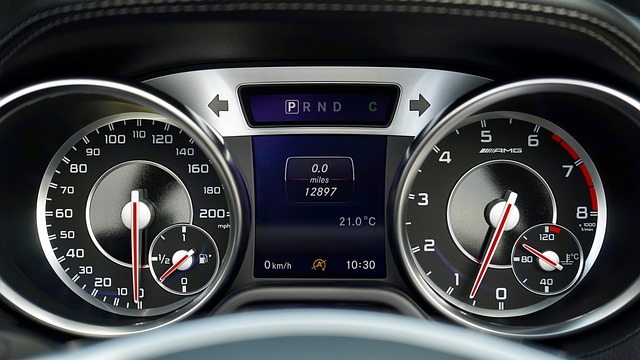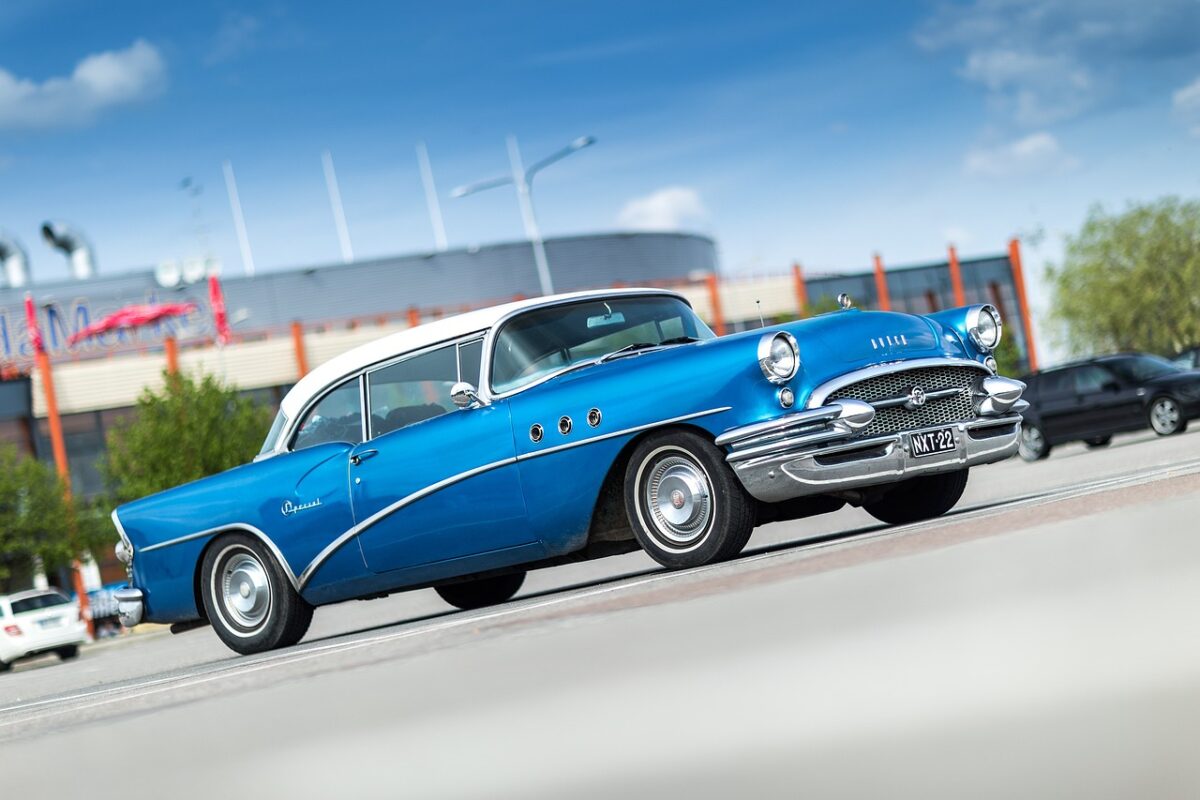With the rise of sustainable technology, many Kiwi drivers are considering whether investing in solar panels for vehicles is a worthwhile move. This article will delve into the practicality, cost-effectiveness, and current capabilities of solar-powered automotive solutions in New Zealand. We’ll explore real-world applications, limitations, and how local climate and driving conditions play a role in the effectiveness of solar panels on vehicles.
Understanding How Vehicle Solar Panels Work
Solar Integration in Modern Vehicles
Vehicle solar panels are typically installed on the roof of a car, van, or RV, designed to capture sunlight and convert it into electrical energy. This energy then supplements the vehicle’s battery system, powering electrical systems or charging the vehicle’s batteries. The most common application in passenger vehicles is using solar panels to extend the range of electric vehicles (EVs) or support auxiliary systems like ventilation or battery conditioning.
In commercial settings such as long-haul trucks or campervans, solar technology can power refrigeration units, lighting, and onboard electronics, reducing the dependence on engine power or idling. The effectiveness of the system depends heavily on the size and efficiency of the panels, and how much sunlight the vehicle receives, which varies dramatically across different regions in New Zealand.
Supplementary Power vs. Primary Power Source
It’s important to clarify that vehicle-mounted solar panels serve mainly as a supplementary energy source rather than replacing traditional propulsion energy sources completely. The space available on a typical vehicle roof does not allow for enough panel area to fully power an electric motor for long distances. However, solar panels can add valuable battery life, especially when parked or during low-energy-demand usage.
For EV users, this can mean a small but meaningful increase in daily range – perhaps an additional 2 to 6 km per day, depending on weather and daylight hours. While this may not replace regular charging, in certain rural parts of New Zealand where charging stations are sparse, every bit of extra range is useful.
Pros and Cons of Solar Panels on Vehicles for Kiwi Drivers
Advantages of Vehicle Solar Panels
One of the primary benefits for New Zealand drivers is the potential for energy independence and sustainability. Solar panels help reduce reliance on grid-charged electricity or fossil fuels, which is particularly appealing amidst rising power costs and growing environmental consciousness. Drivers in sunny North Island regions like Hawke’s Bay or Northland will get the most consistent performance from vehicle solar panels due to higher annual sunshine hours.
For recreational vehicles and remote transport applications, added reliability is another key benefit. Holidaymakers heading through areas like Fiordland or the East Cape benefit from keeping lights, fridges, and electronics running without needing access to power hookups or public charging stations. Solar panels also reduce the need to idle the engine to charge auxiliary batteries, decreasing fuel usage and maintenance costs.
Drawbacks and Limitations
While the benefits are attractive, there are notable limitations. Most solar panels designed for vehicles offer relatively low energy output – enough to support lighting and electronics, but not suitable for fully charging an EV or running high-draw systems without a backup. In regions with high cloud cover like the West Coast or Wellington, inconsistent sunlight makes panels far less dependable.
Installation costs can also be significant, often ranging from NZD $1,000 to $3,000 or more depending on panel size and installation complexity. For some users, especially urban commuters with easy access to charging stations, the cost may outweigh the potential savings in energy. Potential buyers should consider their driving patterns and energy needs before deciding.
Realistic Expectations for Solar Panel Performance in New Zealand
Energy Generation Capabilities
The typical solar panel setup on a car or van in New Zealand, assuming a system output of around 200W to 400W, may generate between 0.8 kWh and 1.6 kWh on a clear summer day. This equates to maintaining an onboard 12V battery, powering devices like fridges or laptops, or providing a modest boost to an EV battery. In winter months, particularly in the South Island, expect significantly lower returns, potentially as little as 0.2 kWh per day.
This performance variability makes solar panels more suited for applications with flexible energy demands – for example, campervans and off-grid travel. Given the patchiness of NZ’s weather and shorter winter daylight hours, many drivers will find solar most practical as a top-up system rather than a primary source of vehicle energy.
Integration with Electric Vehicles (EVs)
Some electric cars, like the Hyundai Sonata Hybrid or Toyota Prius Prime, come equipped with factory-installed solar panels. These solar roofs commonly aim to power ventilation systems or slow battery discharge when parked. For fully electric vehicles such as the Nissan Leaf or Tesla Model 3, aftermarket solutions exist but tend to offer limited range extensions. For example, a 300W panel may provide an additional 3 km of range per day on a sunny day – ideal for extending usage between charges but not a substitute for charging infrastructure.
As solar panel technology evolves, we’re likely to see incremental improvements in efficiency, which could improve real-world results for New Zealand EV owners. However, current limitations mean that users should temper expectations based on current technology and climate impact.
Vehicle Types That Benefit Most from Solar Panels
Campervans and Motorhomes
Vehicle-mounted solar installations are particularly advantageous for campervans and RVs often used for off-grid travel. In New Zealand’s popular camping destinations such as the Coromandel Peninsula or the West Coast’s scenic routes, solar panels keep batteries topped up for lighting, refrigeration, water pumps, and device charging – all essential for long trips.
They also allow motorhome travellers to stay parked in remote areas without needing to run a generator or visit powered campsites frequently. For those serious about self-sufficient travel, solar panels represent a critical addition to the vehicle’s electrical system, offering year-round utility despite fluctuations in daylight hours.
Fleet and Delivery Vehicles
Small- to medium-sized businesses in courier, food delivery, or trades can benefit from solar solutions that power electronic dispatch systems, refrigeration units, or automated tools. Keeping electronics functioning independently from the engine improves battery life and decreases fuel costs, especially for vehicles that make frequent stops or stay idle for long periods through the day.
Tradespeople who need to charge tools or run equipment between jobs may also benefit from vehicle-mounted solar charging systems. The ability to stay powered up when remote or on worksites without mains power improves job efficiency and reduces the need for additional generators.
Important Considerations Before Investing
Cost vs. Benefit Analysis
Before adding solar panels to a vehicle, Kiwi drivers should consider how much energy they need regularly and whether solar can meet those needs. For light usage such as occasional camping or low-power electronics, a basic solar system may provide good value. However, when higher power demands are involved, like cooking appliances or recharging EVs, solar power will likely need to be supplemented by other energy sources.
Running a rough return-on-investment calculation is helpful. For instance, if you’re spending NZD $2,000 on a setup but only saving $100–$200 a year in avoided charging or fuel costs, the payback may span over a decade. On the other hand, for frequent travellers or fleets seeking to reduce emissions and fuel use, the long-term value may be significant.
System Quality and Installation
The performance of your solar panels largely depends on correct installation, suitable system design, and component quality. Panels must be positioned to maximise sun exposure and be compatible with your vehicle’s energy storage system. Wiring, mounting, and battery setups should all be handled by certified professionals to ensure safety and reliability.
Poor installation can lead to electrical faults, panel damage, or inefficiency. At Eurosparx, we often work with vehicle owners who need a custom solar solution tailored to their specific usage and vehicle type. Our experienced auto electricians based here in New Zealand ensure all components are correctly installed and optimised for local conditions.
The Future of Solar-Powered Vehicles in New Zealand
Progress in Vehicle Solar Technology
Solar technology is rapidly evolving. One emerging trend is the integration of high-efficiency thin-film panels that conform to curved vehicle surfaces, maximising capture surface. Automakers and solar startups are exploring full solar EVs like the Lightyear 0 or Aptera, which claim to deliver hundreds of kilometres of range from solar alone — although these are not yet commercially available in New Zealand.
In the years ahead, advancements in battery efficiency, panel technology, and energy storage will likely improve the practicality of solar vehicles. Kiwi drivers who invest in solar systems today can expect software upgrades and add-on components to extend the life and performance of their investment in future.
Regulatory and Infrastructure Developments
With New Zealand’s push towards a low-emission transport future, including a ban on new petrol and diesel car imports by 2035, solar vehicle systems may see higher government support and rebates. Infrastructure changes, like solar charging stations or better integration with national energy systems, will also improve the practicality of solar-powered transport.
These policy shifts could make it more worthwhile to retrofit solar systems to current vehicles or invest in solar-compatible models sooner rather than later. Keeping informed about subsidies and incentive programs will help ensure Kiwi drivers take full advantage






